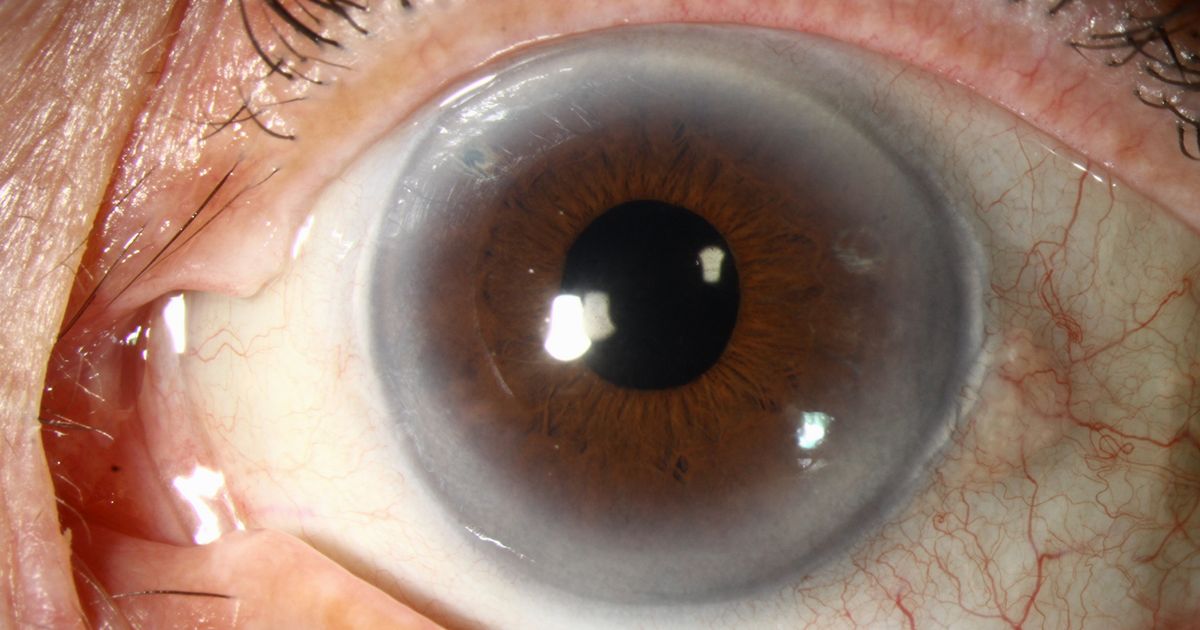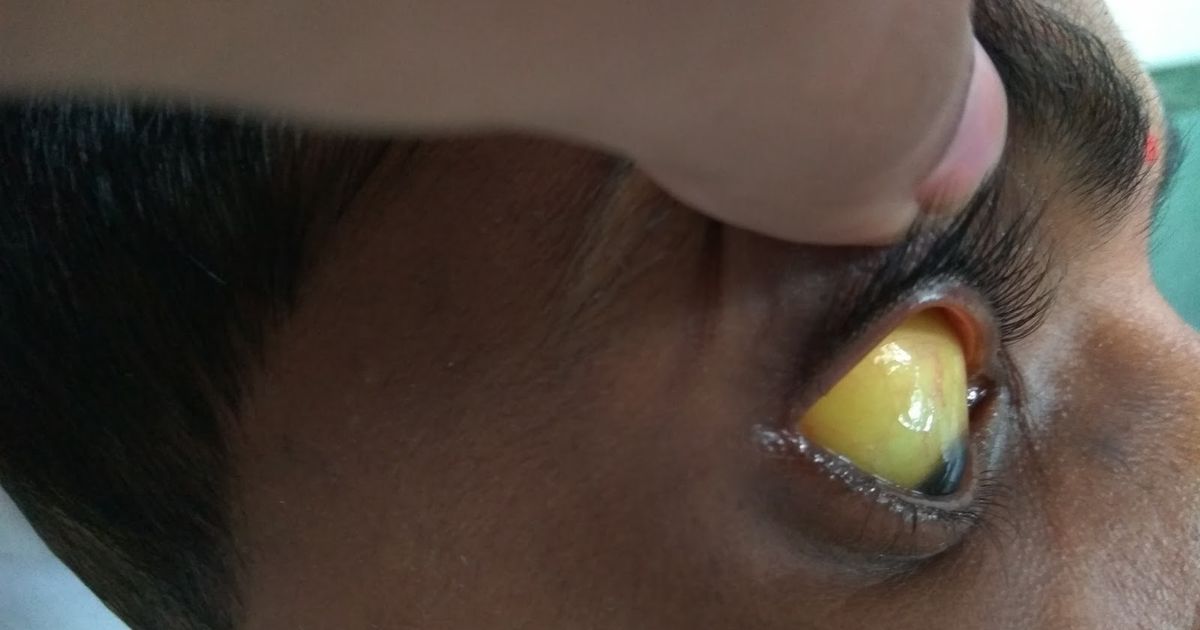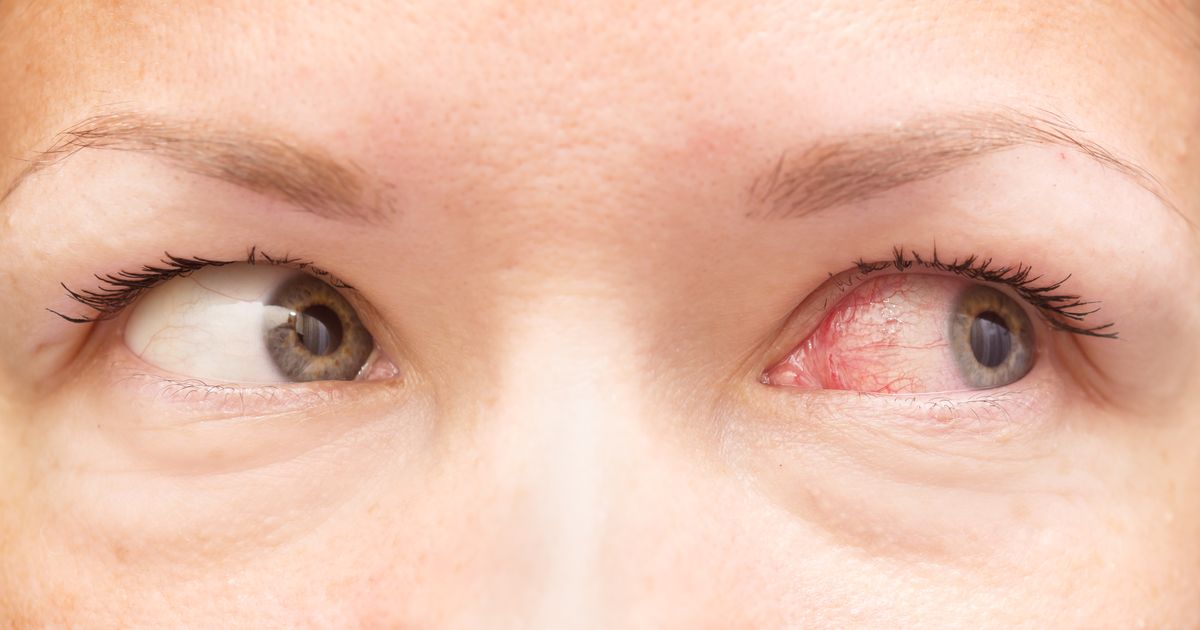Health Conditions Your Eyes Can Reveal
Some do not worry about their blurred vision, or a slight change of color in the white of their eye, dryness, or white rings around their irises. Sometimes these do not cause any impairment of vision. However, they can be trying to reveal some underlying health issues or conditions that might otherwise be left unnoticed.
The eyes can reveal many different health conditions such as jaundice, allergies, diabetes, and high cholesterol. It is time to take a look in the mirror and see if the eyes are trying to show any of these signs.
Arcus Senilis And High Cholesterol

If a gray or white ring begins to form around the corneal arcus, otherwise known as the iris, it is due to deposits of fat in the cornea of the eye. Although it may be a sign of aging, it can also be a sign of high cholesterol and triglycerides, known as arcus senilis. Arcus senilis does not affect vision or require treatment, but if it is caused by high cholesterol, it can put the patient at an increased risk of heart attack and heart disease.
Generally, patients under the age of fifty that begin developing arcus senilis may be at risk of high cholesterol.
Jaundice

If the sclera - the white of the eye - is yellow or yellowing, it is a clear indication that something is wrong with the body. One of the main causes for yellowing of the eyes is jaundice, which is a condition that occurs when the liver cannot properly filter or metabolize bilirubin. The bilirubin, an orange-yellow compound builds up and causes the eyes and skin to turn yellow in color.
Jaundice may be caused by plenty of conditions including malaria, sickle cell crisis, autoimmune disorders, hepatitis, cirrhosis, Gilbert’s syndrome, cancer, pregnancy, newborn jaundice, and drugs, alcohol, and toxins.
Red And Itchy Eyes Could Mean Allergies

There are many different symptoms of allergies, but the of the most obvious and common signs of allergies can be detected in the eyes. Allergies tend to cause the eyes to get red, itchy, and watery, along with other symptoms such as a runny nose, congestion, or sneezing, and sometimes leading to conjunctivitis. The most common allergens and irritants to affect the eyes include pollen, dust, mold, and pet dander. However, they may also be caused due to reactions to eye cosmetics and eye drops.
The first step to avoiding allergies is to get an allergy test done and avoid all known allergens. If allergies persist, consider switching contact lenses to disposable ones or glasses, and use over-the-counter eye drops or prescription medications to alleviate the symptoms.
Blurred Vision May Be A Sign Of Diabetes

A study done in August of 2014, found that seventy-three percent of diabetic patients reported having blurred vision. As the blood sugar levels increase, the blood thickens and draws more fluid from the surrounding tissues, including the lenses of the eye. As the liquid drains from the lenses, it causes the lenses to swell and the eyes to lack focus.
Double-vision and blurriness may also be due to hypoglycemia, which is low blood sugar. Low blood sugar can make it difficult for the brain to interpret what the eyes are viewing. However, vision tends to return to normal when blood sugar levels even out.
Sun Damage

Extended exposure to the ultraviolet (UV) rays and UV radiation from the sun can damage the eyes and affect vision. Some forms of eye damage caused by sun damage include macular degeneration, cataracts, pinguecula, pterygium, and photokeratitis which is also known as sunburn of the cornea.
Although the sun can damage the eyes, sunglasses with UV protection should block one-hundred percent of the UV rays. Some other forms of protection include wearing a hat, staying in the shade, using sunscreen, and avoiding extended periods of sun exposure. It is important to remember that children need even more UV protection than adults, and they are more susceptible to retinal damage caused by UV rays. Ensure that children wear UV-protection sunglasses, a hat, and sunscreen to stay protected from retinal damage.
